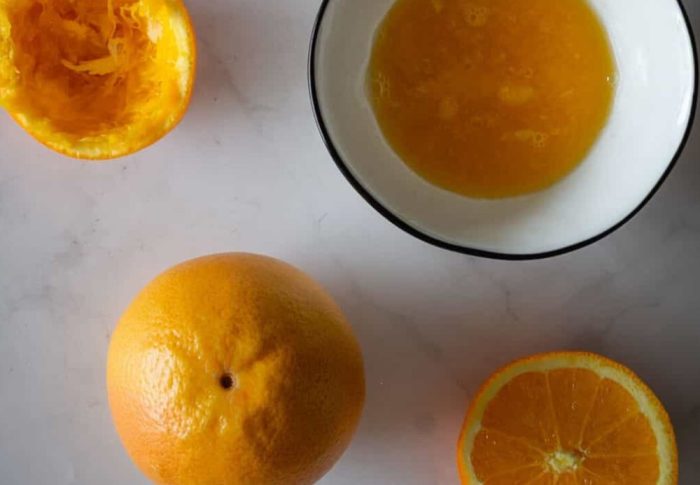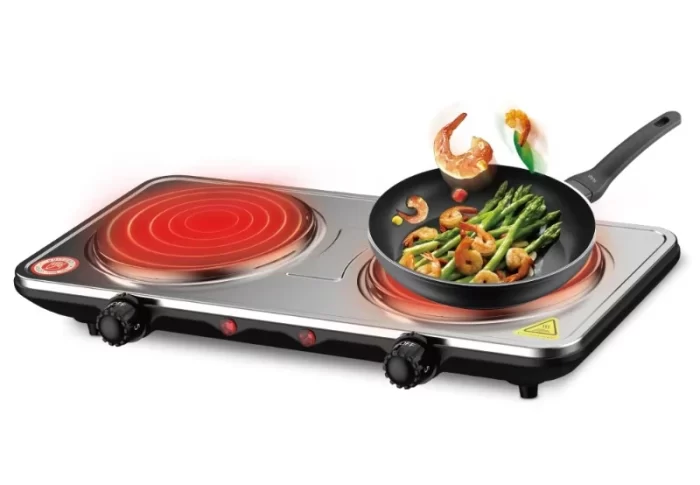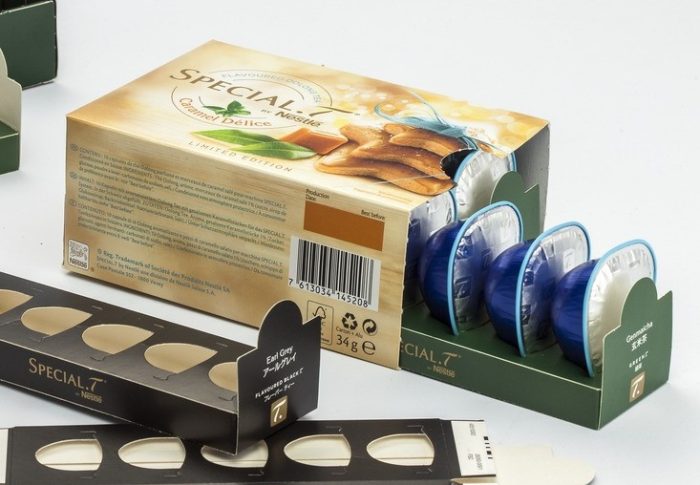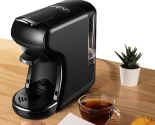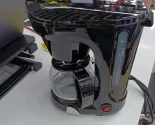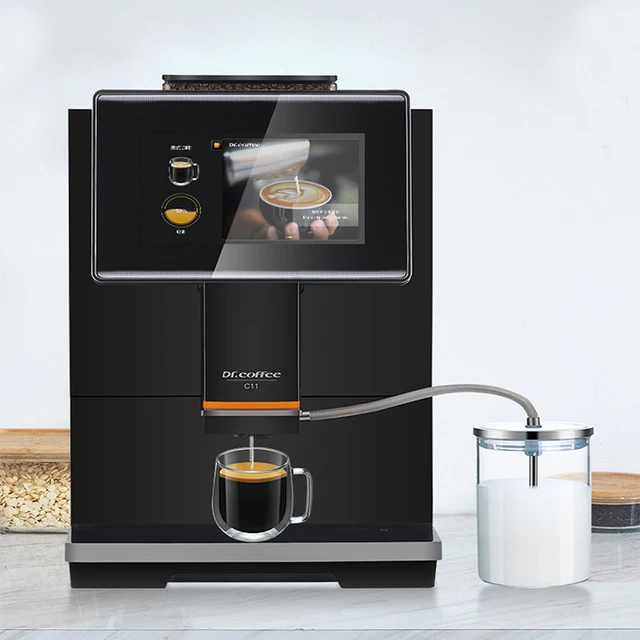
How do you make drip coffee step by step?
Introduction
Drip coffee is a classic brewing method that produces a smooth and flavorful cup of coffee. Whether you’re a coffee enthusiast or a novice, learning how to make drip coffee can enhance your coffee experience at home. In this guide, we will take you through the step-by-step process of making drip coffee, from selecting the right coffee beans to brewing methods and tips for a perfect cup.
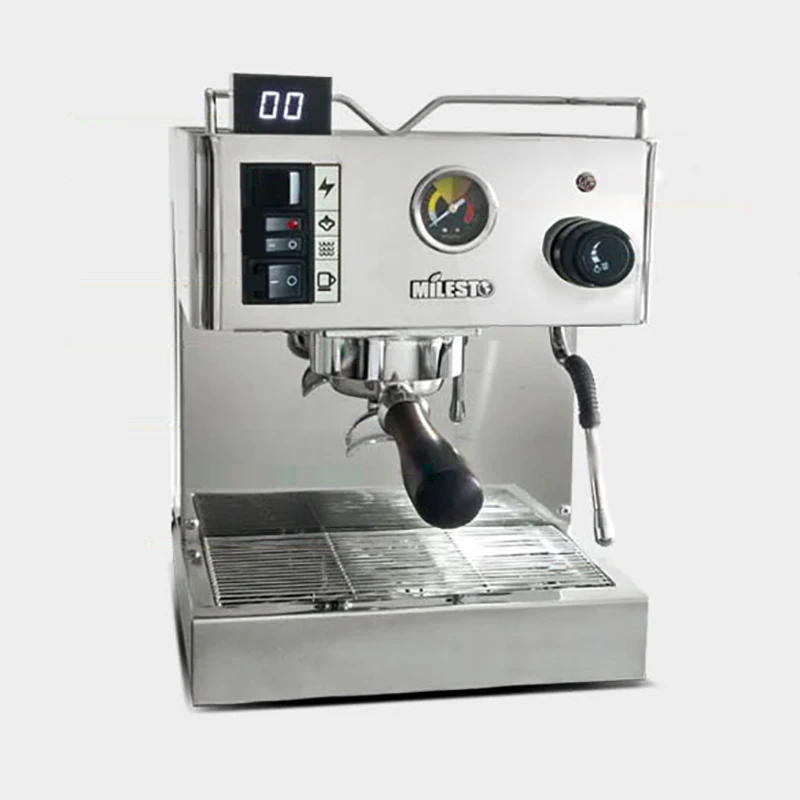
How do you make drip coffee step by step?
Choosing the Right Coffee Beans
Start with high-quality coffee beans to ensure a delicious cup of drip coffee. Here’s what to consider:
Freshness: Look for freshly roasted beans to capture the full flavor potential. Check the roast date on the packaging and aim for beans roasted within the past few weeks.
Whole Bean vs. Ground: Opt for whole bean coffee if possible, as it retains freshness and flavor longer. Grind the beans just before brewing to preserve the aromas and nuances of the coffee. If using pre-ground coffee, select a grind size suitable for drip brewing.
Bean Origin and Roast Level: Consider your flavor preferences when selecting coffee beans. Different origins and roast levels offer distinct flavor profiles. Experiment with single-origin beans or blends to find your preferred taste.
Grinding the Coffee Beans
Grinding the coffee beans to the appropriate size is crucial for drip brewing. Follow these guidelines:
Burr Grinder: Invest in a burr grinder for consistent and precise grinding. Blade grinders can result in uneven particle sizes, affecting the coffee’s extraction.
Medium Coarseness: For drip brewing, aim for a medium grind size. The coffee particles should be similar to coarse sand, allowing water to flow evenly through the grounds.
Adjusting Grind Size: Adjust the grind size based on your coffee’s brewing time. If the coffee brews too quickly, resulting in a weak flavor, try a finer grind. If it brews too slowly or tastes bitter, try a coarser grind.
Preparing the Coffee Maker
Prepare your coffee maker properly to ensure a clean and efficient brewing process:
Cleanliness: Regularly clean the coffee maker to remove any buildup or residue. Follow the manufacturer’s instructions for cleaning and descaling.
Water Quality: Use fresh, cold water for the best results. Avoid using distilled or softened water, as these can impact the coffee’s taste. Filtered water or bottled spring water is a good choice.
Correct Water-to-Coffee Ratio: Follow the recommended water-to-coffee ratio for your specific coffee maker. A general guideline is using 1 to 2 tablespoons of coffee grounds for every 6 ounces of water. Adjust the ratio based on your personal taste preferences.
Brewing the Drip Coffee
Now it’s time to brew your drip coffee using your preferred method. Here are two common methods:
Automatic Drip Coffee Maker:
Add Water: Pour the desired amount of water into the reservoir of the coffee maker. Ensure it reaches the appropriate level for your coffee batch.
Insert Filter: Place a paper or reusable filter into the filter basket. Rinse the filter with hot water to remove any paper taste and preheat the brewer.
Add Coffee: Measure the appropriate amount of coffee grounds based on your desired brew strength and the coffee maker’s capacity. Place the grounds into the filter.
Start Brewing: Position the carafe or pot under the brew basket. Start the coffee maker and allow it to complete the brewing cycle.
Serve and Enjoy: Once the brewing is complete, remove the carafe carefully and pour the freshly brewed drip coffee into your cup. Serve immediately and enjoy.
Manual Pour-Over Method:
Boil Water: Bring water to a boil and let it cool slightly to the desired brewing temperature (between 195°F to 205°F or 90°C to 96°C).
Wet the Filter: Place a paper filter in the pour-over cone and rinse it with hot water to remove any paper taste and preheat the cone. Discard the rinse water.
Add Coffee: Measure the appropriate amount of coffee grounds based on your desired brew strength and the number of cups you are making. Place the grounds in the filter.
Blooming: Pour a small amount of hot water over the coffee grounds, just enough to saturate them. Allow the coffee to bloom for about 30 seconds, releasing trapped gases.
Pouring Technique: Start pouring hot water slowly and evenly over the coffee grounds in a circular motion, making sure to wet all the grounds. Maintain a slow and steady pour to prevent over-extraction or channeling.
Brew Time: The brewing time depends on factors like grind size and personal preferences. Generally, aim for a total brew time of 3 to 4 minutes.
Serve and Enjoy: Once the coffee has finished brewing, remove the pour-over cone and discard the filter. Pour the brewed coffee into your cup, and savor the aroma and flavors of your freshly brewed drip coffee.
Enhancing the Drip Coffee Experience
Consider these additional tips to enhance your drip coffee experience:
Experiment with Brew Time: Adjust the brewing time to achieve your desired strength and flavor profile. Longer brew times can result in more extraction and bolder flavors, while shorter brew times may produce a milder cup.
Temperature Control: Maintain the brewing water temperature within the optimal range. If using an automatic coffee maker, make sure it is calibrated to the recommended temperature. For manual pour-over, use a kettle with a thermometer to monitor the water temperature.
Proper Storage: Store your coffee beans in an airtight container away from heat, light, and moisture. This helps preserve their freshness and flavor until you are ready to grind and brew.
Clean and Maintain: Regularly clean your coffee maker, grinder, and other brewing equipment to ensure optimal performance and prevent off-flavors.
Grind Size Adjustments: Fine-tune your grind size based on taste preferences and the specific flavor characteristics of the coffee beans you are using. Experiment with different grind sizes to find the perfect balance.
Conclusion
Mastering the art of making drip coffee involves selecting high-quality beans, grinding them to the appropriate size, and brewing them using the proper methods. Whether using an automatic coffee maker or opting for the manual pour-over method, attention to detail and consistency are key. Experiment with different coffee beans, water-to-coffee ratios, and brewing techniques to find your preferred flavor profile. By following these step-by-step instructions and incorporating additional tips, you can create a delicious cup of drip coffee that satisfies your taste buds and elevates your coffee experience at home.

